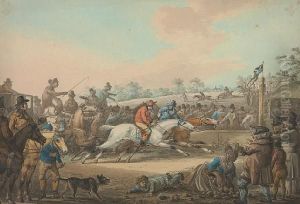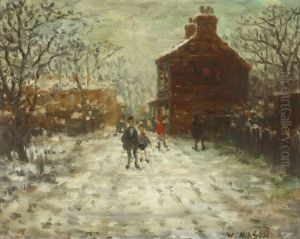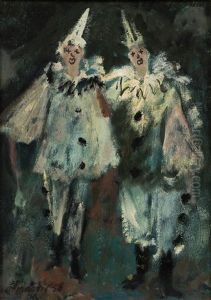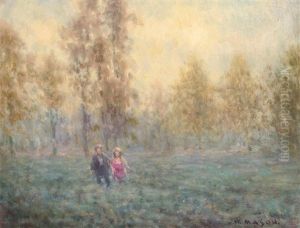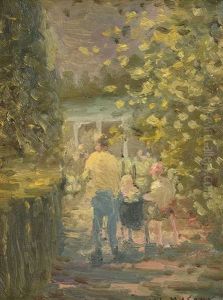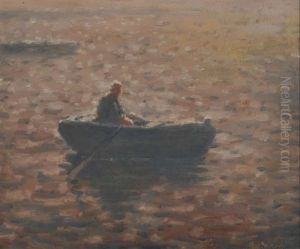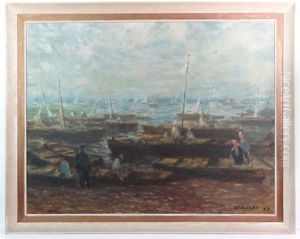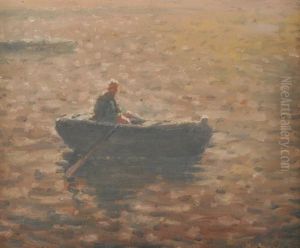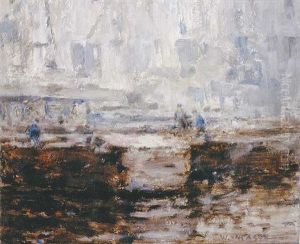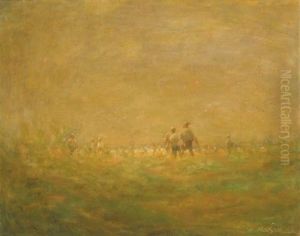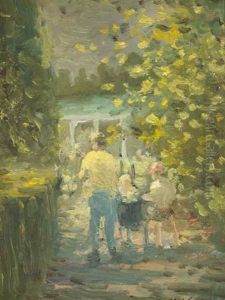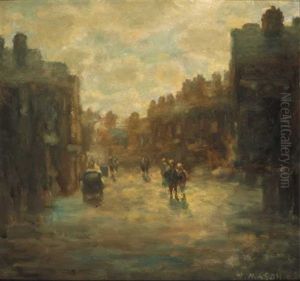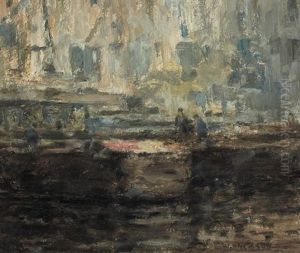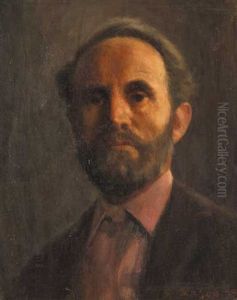William Mason Paintings
William Mason was an English poet, editor, and gardener, but he is not primarily known for visual arts and thus might not be the focus of a typical art historian. Born on February 12, 1724, in Hull, England, Mason was the son of a clergyman. He was educated at St John's College, Cambridge, where he developed a love for poetry and became a close friend of Thomas Gray, another prominent poet of the time.
Mason's work as a poet was varied, but he is perhaps best known for his elegies and odes. His most notable works include 'Elfrida' (1752) and 'Caractacus' (1759), both of which are dramatic poems. In addition to his poetry, Mason took an interest in garden design and was an early advocate of the picturesque style, which became popular in England in the late 18th century.
He also had a career as a cleric and held various ecclesiastical positions, including the precentorship of York Minster. Mason's connection to Thomas Gray led to him becoming Gray's literary executor; after Gray's death in 1771, Mason published editions of Gray's poetry and a memoir of his life, which helped to solidify Gray's literary reputation.
Mason continued to write and publish throughout his life, though his later works never achieved the popularity of his earlier poems. He was also involved in political issues of the day, including advocating for reforms in the British government. William Mason died on April 7, 1797, in Aston, Yorkshire. His contributions to English literature, particularly his poetry and his role in promoting the works of Thomas Gray, are remembered as part of the rich tapestry of 18th-century English literary history.
